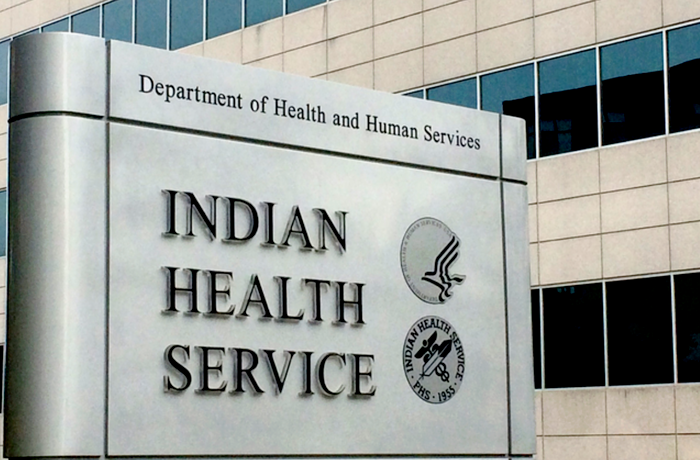
- Details
- By Elyse Wild
Senators Catherine Cortez Masto (D-Nev.) and Markwayne Mullin (R-Okla.) have introduced bipartisan legislation to bolster chronic staffing issues at the Indian Health Services (IHS).
The legislation, called the IHS Workforce Parity Act of 2023, amends the Indian Health Care Improvement Act to allow Indian Health Service scholarship and loan recipients to fulfill service obligations through half-time clinical practice, and for other purposes.
The IHS provides healthcare to more than 2 million American Indian and Alaska Native Tribal members. According to a policy brief published by the Mercatus Center at George Mason University, the IHS has a 25% vacancy rate for providers. In some locations, the vacancy rate is nearly 50%, according to a brief sent from Cortez-Masto’s office.
The bill would allow healthcare providers working part-time to access IHS scholarship and loan repayment programs, making employment at IHS facilities more attractive. The IHS loan repayment program offers to repay education loans up to $50,000 in exchange for an initial two-year service commitment.
Currently, providers are required to work full-time to access these programs.
The Government Accountability Office has reported that the IHS is in need of over 1,300 clinical providers for doctors, nurses, and other clinical staff.
“Too many Tribal members can’t access the health care they need because of a dire doctor shortage in Indian Country,” Cortez Masto said in a statement. “We need to make it easier for IHS to recruit and retain qualified health professionals. This bipartisan bill will keep Tribal communities healthy and bring more doctors and nurses to IHS facilities in Nevada and across the country.”
Native Americans face gaping health disparities, including higher rates of cancers, diabetes, maternal mortality rates and overdoses than other racial and ethnic groups.
A 2022 report from the Centers for Disease Control and Prevention showed that life expectancy for Native Americans and Alaska Natives declined more than any other race between 2020 and 2022.
Rooted in the systemic forced assimilation Native communities endured for centuries and driven in part by generational trauma, these disparities are underscored by insufficient funding and understaffing that has plagued the IHS for decades.
The 2023 federal budget included $9.3 billion in funding for the IHS, haltingly short of the $51 billion advocates say the organization needs to provide adequate health services and address health disparities in Native American communities.
More Stories Like This
Cherokee Nation Proposes $30 Million OU Nursing School Partnership to Expand Health WorkforceHealth Stories We’ll Be Following in 2026
Indian Country Faces Crippling Premiums Under Expired Affordable Care Act Credits
Artificial Intelligence Impacts the Art and Science of Dentistry – AI Part 2
Feds Announce $50 Billion to States for Rural Health, Tribes Barely Mentioned in Awards


